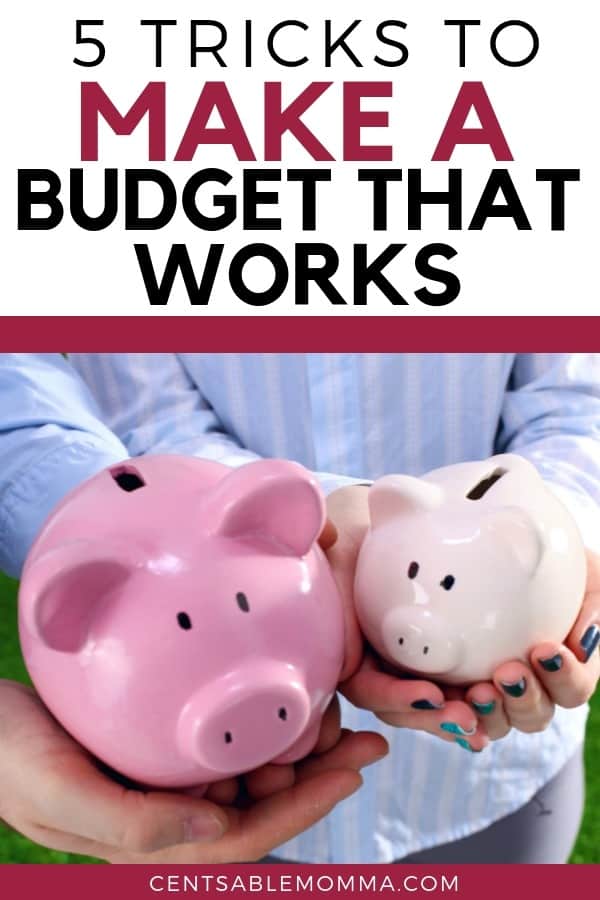You know that the key to financial success is having a good budget. You may have tried to use a budget before but found that you couldn’t stick to it. Many people have trouble creating a budget that works on their first try. You may be so excited that you simply create a budget that isn’t realistic. It looks good on paper, but simply doesn’t work for your family. Let’s take a closer look at how to make a budget that works.
Track Your Spending for at Least Two Months
This is so important. For at least two months, you want to track everything you spend money on. It doesn’t matter if it’s a pack of gum at the gas station. Write down everything you spend. This will give you a clear idea of where your money is going. Sometimes we aren’t truthful when we’re guesstimating how much we spend. This shows what you’re actually spending.
Cut Expenses You Don’t Need
Look over your tracked expenses. What can you get rid of? Do you actually watch enough satellite TV to justify the $150 per month cost? Are you still going to the gym? Not only think about which expenses you can do away with but think about how you can do the things you love for less. For example, a TV service like Sling costs as little as $25 per month. That’s quite a savings on the cost of watching live TV.
Be Realistic
Being realistic is so important when it comes to creating a budget that works. You want to sit down and look at your tracked expenses. Yes, you may spend $500 a month on groceries, but you have a family of four. If you’re not buying a lot of junk food and eating the food you buy, chances are you need to assume you’re going to spend that much money each month (although you can match coupons with store sales to try to bring your grocery budget down).
Include Fun Money in Your Budget
You must include fun money in your budget. Everyone needs money that can be spent on whatever strikes their fancy. This is money that you don’t have to spend on bills or expenses. You can buy nail polish or books or whatever. Even if it’s just a tiny percentage of your income, that small amount of money gives you a sense of freedom.
Incorporate the Envelope System
Last, but not least, consider using the envelope system. With the envelope system, you place the amount you want to spend on variable expenses into an envelope each pay period. For example, you might place $125 in an envelope to spend on groceries each week. Use what’s in the envelope and don’t use debit or credit cards. This will force you to be more careful with your money especially for those categories where you have a tendency to overspend when you use your debit or credit cards.
Creating a budget that works requires a few key elements. You must be aware of what you spend each month and you must be realistic. It’s also important that you include fun money. Cut expenses you don’t need and use the envelope system to help you be more aware of what you’re spending.









Leave a Reply